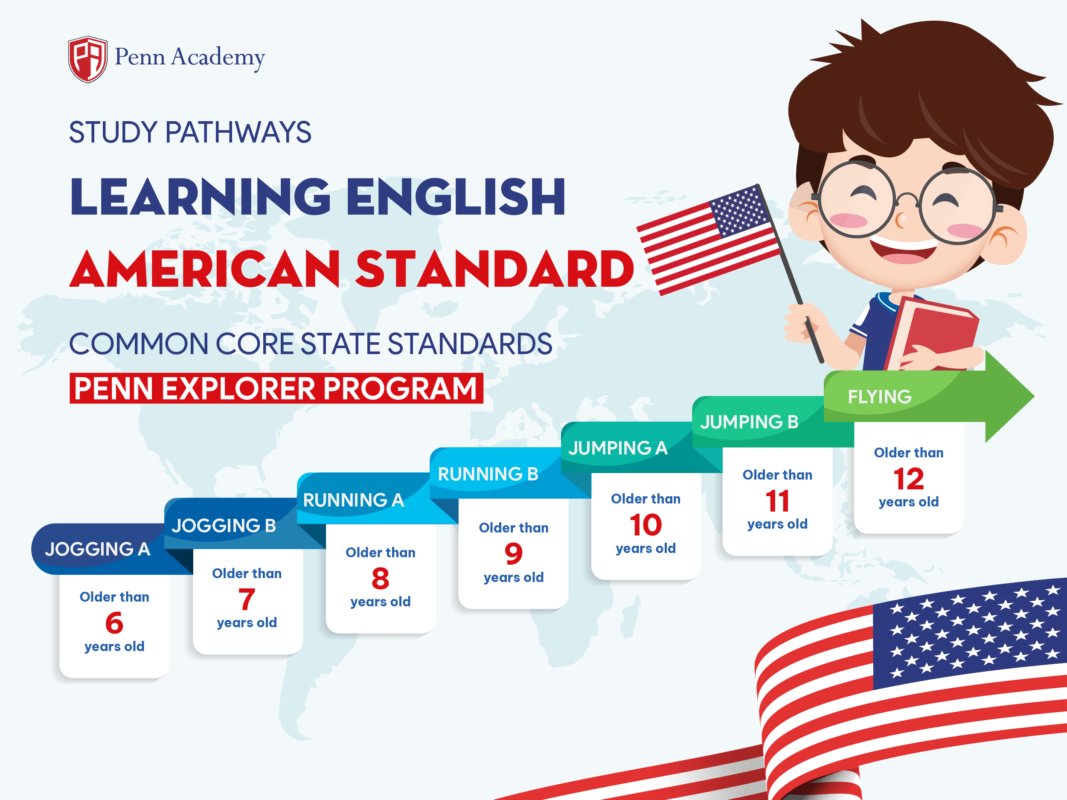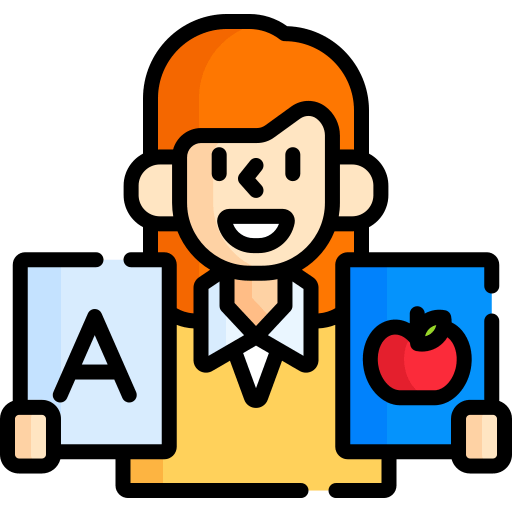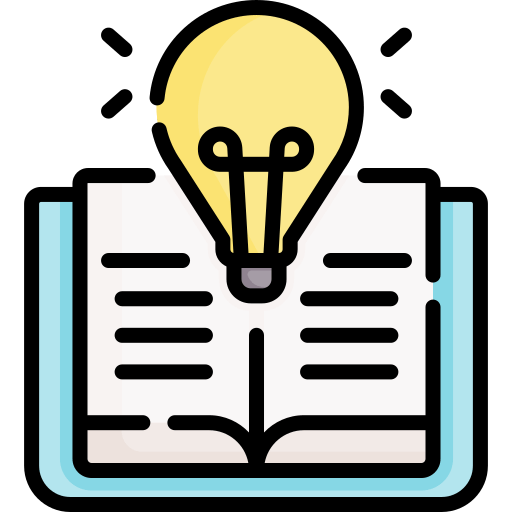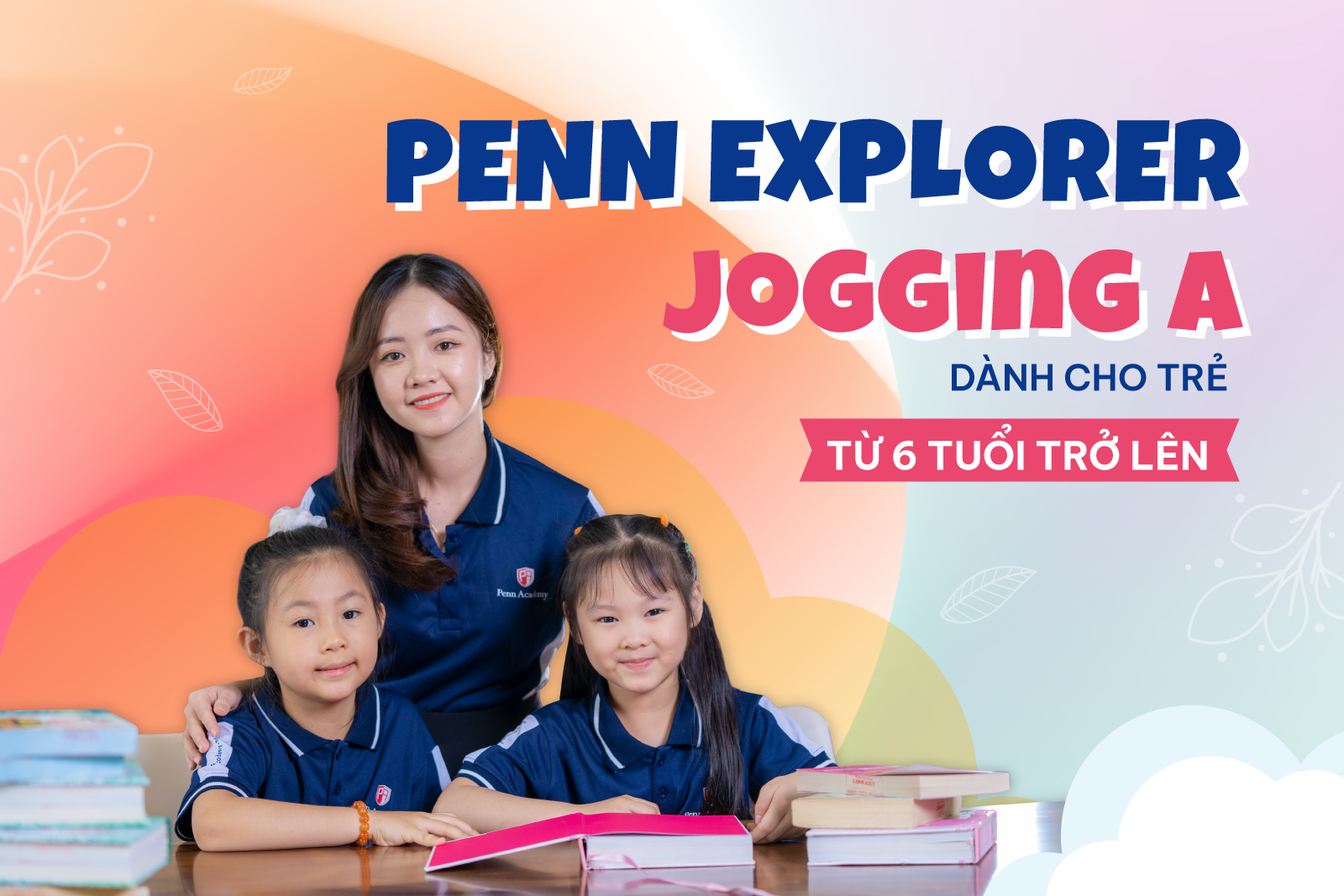Sign up for a consultation
Goal
Designed based on the Common Core State Standards of the United States, Jogging B course will help students at the age of 2 to improve their English skills quickly. Not only mastering the rules of using English, students will also learn how to express themselves in oral and written writing in a more methodical and richer way thanks to the addition of perspectives on a familiar topic. They are also given the opportunity to have access to a variety of audio-visual-reading materials to improve their ability to interact with the language.
Object
Students at 7 years old
Course outline

Curriculum
The course material is based on the Common Core State Standards for children aged 6 to 12, as well as the frameworks in American education.
This course follows the Common Core State Standards for second-grade English. This course will focus language arts skills in the areas of reading, writing, listening, and speaking. Second grade students will be exposed to a wide variety of text formats and genres to enhance comprehension of literature and informational texts. Differentiated teaching will be used to develop communication skills through oral and written expression across the curriculum. This course will help students acquire the techniques and skills necessary for academic achievement in all disciplines.
Teaching staff
Penn Academy has a team of passionate and commited teachers who who are always eager to assist the young Vietnamese generation on their development journey. The native and Vietnamese teachers at Penn Academy all have teaching degrees that meet international standards and have many years of experience working with, and teaching English to children.
Form of learning
In addition to its lessons at the center, Penn Academy will run online classes through the Penn E-Learning system. The system has a user-friendly interface and numerous advanced features that allow students to easily communicate with teachers, use free online storage, and save lessons, among other functions.
Teaching model
The teaching and learning strategies provide teachers with models for developing learning materials for their students, which can be adapted and used in other contexts and curriculum areas.
Vocabulary building: This strategy focuses a portion of each classroom session on building a better vocabulary. Teachers invite students to identify unfamiliar words, cover the meanings in class, and use interactive vocabulary-building exercises, related to the course materials.
Writer’s workshop: The writing workshop model allows students to learn about and take part in all aspects of the writing process.
Peer response and editing: A highly valuable teaching strategy. Students are given the opportubnity to think critically about others’ writing and see the results their classmates got from a writing assignment, enabling students to learn from eathother’s strengths. In addition, teachers observe how different students learn and what strategies are the most effective.
Cooperative learning: Cooperative learning asks students to discuss a piece of literature in small groups. By allowing the students to engage in meaningful discussion, they begin to learn to analyze literature and engage in an educational process that they can take full ownership of, as opposed traditional methods.
Student-chosen texts: Allowing students to choose their own reading materials is a strategy that literacy specialists recommend as a way to develop lifelong readers. Students select material from an age and reading level appropriate book library. Following a time of solo reading, students form book club-style groups and discuss what they’ve read, followed by reflection. When successfully applied, students dive deeply into the meaning of the text, develop critical thinking, and engage in debate with their classmates about the book they selected.
Key selling points of the course







Students read, understand, and respond to informational text with an emphasis on comprehension, vocabulary acquisition. They also focus on making connections among ideas and between texts, paying attention to textual evidence.
Students read and respond to works of fictional literature with an emphasis on comprehension inference, vocabulary acquisition. They also focus on making connections among ideas and between texts, paying attention to textual evidence.
Students write for different purposes and audiences. Students write clear and focused text to convey a well-defined perspective and high level of content knowedge.
Students present in formal speaking situations, listen critically, and respond appropriately individually or in group discussions.











